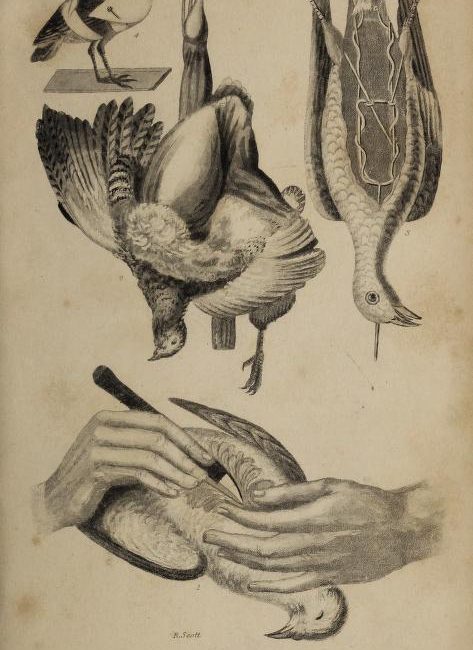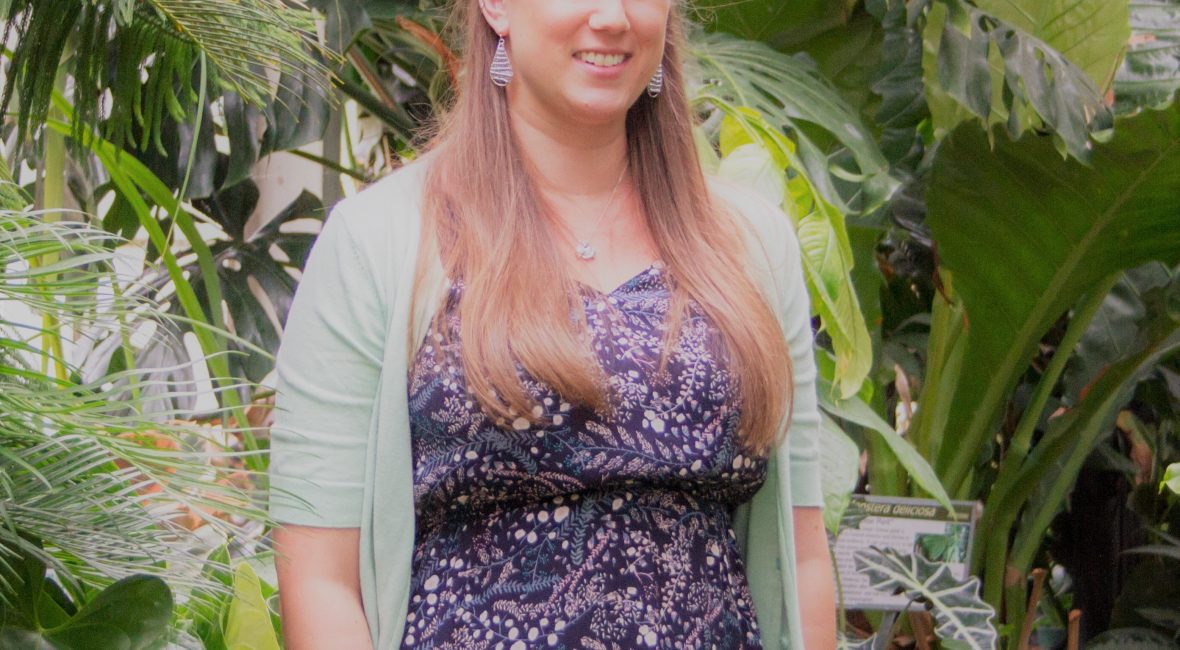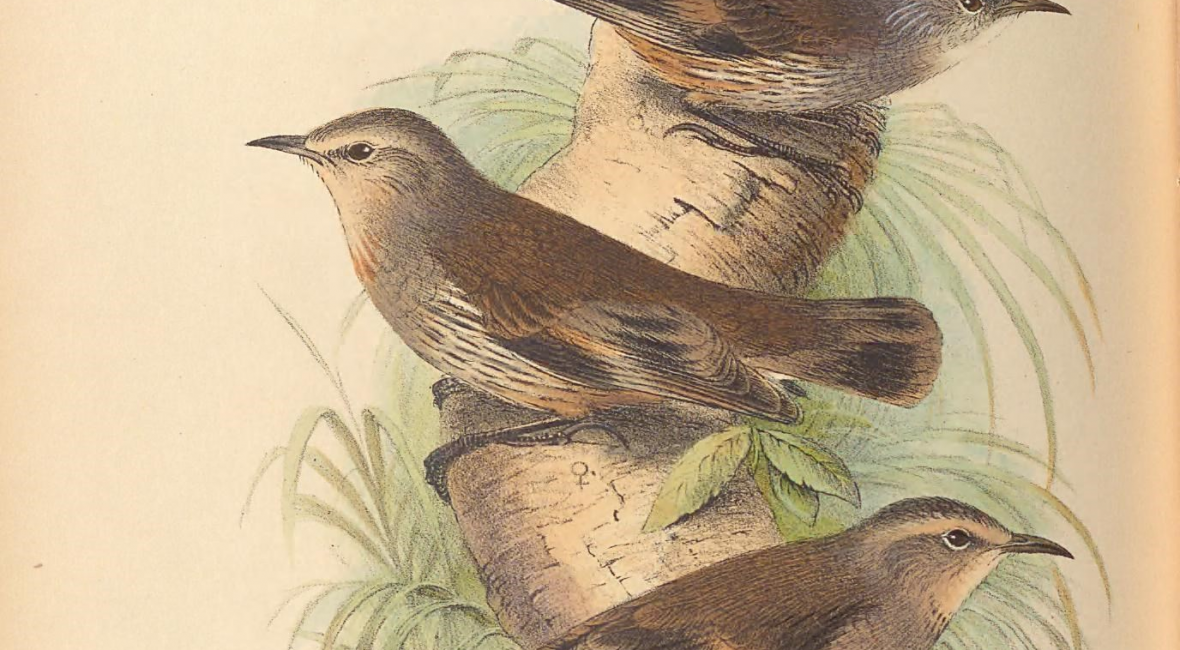Natural history illustrations often aim to show life-like flora and fauna. Depictions of birds poised to take flight, fish swimming upstream, and mammals mid-stride are common in 18th and 19th century zoology and botany publications. What is lost in these often lavish illustrations is a certain truth about the way many naturalists interacted with their objects of study: many species of plant or animal were first encountered not in the wild, but in the display case, in the form of carefully prepared specimens.
One British naturalist, Captain Thomas Brown (1785-1862), made the practical observation that mounted animal specimens allowed naturalists to “contemplate, without dread, the most destructive and furious quadrupeds, and the most noxious reptiles.”









